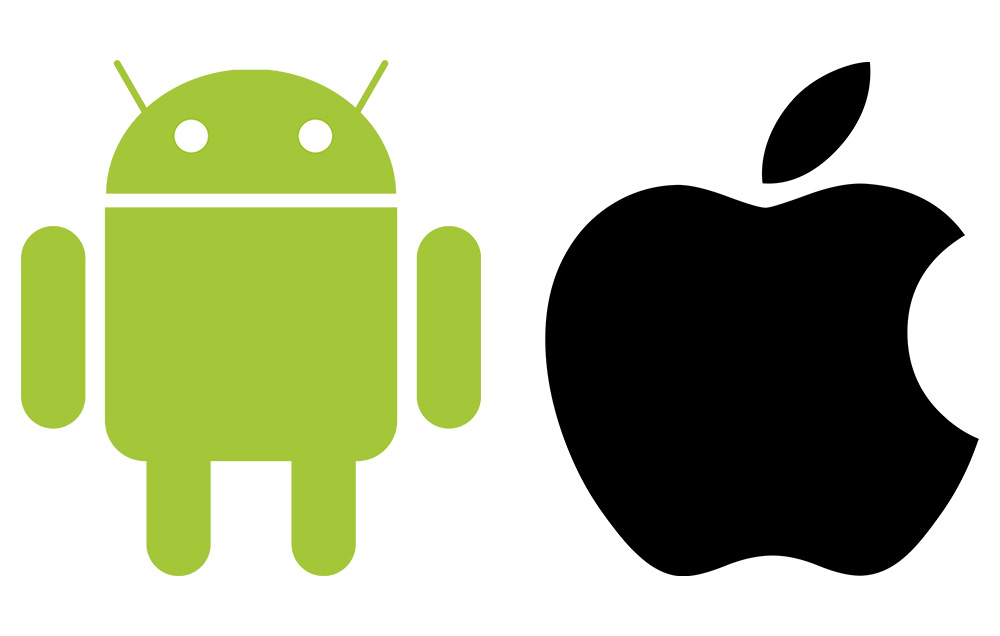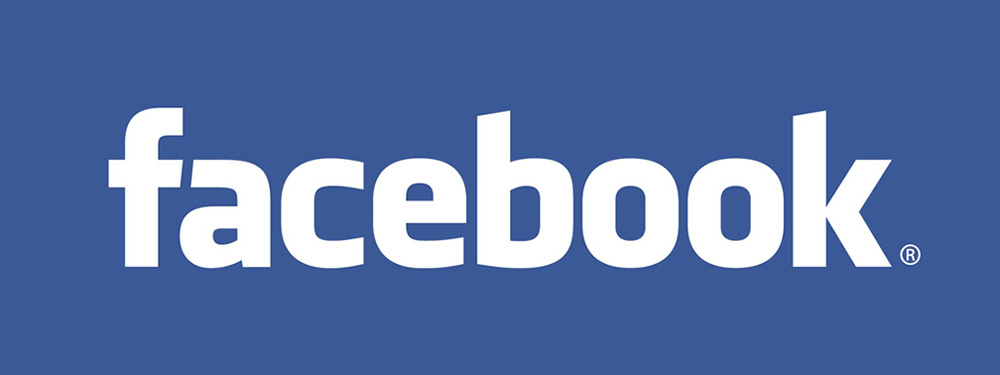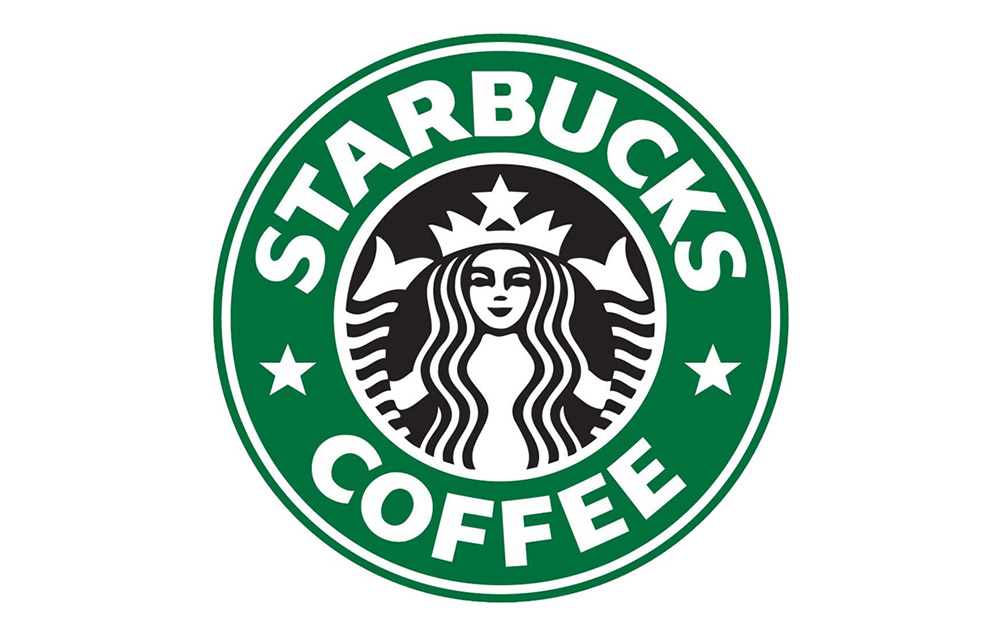A well-designed logo can strengthen your image and corporate brand; providing you with an advantage over your businesses competition and increasing appeal to your customers.
Whether you design your own or hire a professional agency, it is important to know some of the differences between three main types of logo branding designs – logomark, logotype and combination mark. Each style has its own unique advantage and the art of logo design itself is more intricate than most people realize.
Logomark

A logomark is used to enhance brand identity and is an image or symbol used to represent a company. Logomarks do not usually have the company name attached and can give designers the opportunity to create strong branding identity.
Why Choose Logomark?
- Depending on your budget and type of business, using a logomark can project a strong visual appearance for your company and can have a large impact on brand identity.
- Logomarks tend to be more ‘abstract’ and sits as a symbol without being attached to a brand name.
- Well-recognized and established leaders in a particular market use logomark. Facebook, Android, Pepsi and Apple all use this style.
Why You Might Avoid Logomark:
- Considering that a logomark doesn’t include the name, this can be a disadvantage for a new, unrecognized company. If you are a new business, you may want to have your company name seen. Once the company grows and becomes more established in the broader market, a mark can be added.
Logotype

Also known in the design industry as “word mark” the main focus here is typography. This style strongly ties a brand’s visual identity to the company name. Because of the strong focus on text, it’s important to choose a font with care as the style, colour and even the shape of lettering can communicate just as much meaning as the words themselves.
Why Choose Logotype?
- You’re a new business and would like to have your company name seen.
- Your brand’s name is short and simple and won’t look crowded as a logo.
- Your name is your brand. Logotypes can help strengthen the tie between visual memory and name recognition.
- Facebook, Google, Disney and Skype all use the logotype style.
Why You Might Avoid Logotype:
- If your company name is long, you may not want to use logotype as your name may look crowded when placed as your brand logo.
- If you don’t plan on updating your logo font over time, you may not want this type of logo. A certain font may be the current fad, but over time, it might feel dated. Even well-known brands like Pepsi and Coca-Cola must update their logo font from time to time to stay fresh and current.
Logotype + Logomark = Combination Mark

A combination mark is simply logotype and logomark combined into one logo. Text and image or icons are combined to enhance the branding message and helps clarify what a business is all about.
There are however integrated and stand alone combination marks. For example, the Starbucks logo has text with the graphic integrated, whereas the AT&T logo has the icon separate from the text.
Why Choose Combination Mark?
- Combination mark logos tell a story about your organization creating a memorable visual of your brand.
- Offers flexibility for the use of either or both the brand name and/or the symbol.
- A well-designed combination mark is effective with both elements together or separated, offering wider flexibility for branding. Also perfect for new businesses.
- Starbucks, Dove, NBC and Pizza Hut are all examples of the combination mark design.
Why You Might Avoid Combination Mark:
- If your brand is focused on simplicity, it might be difficult to decide whether it is appropriate to use the word mark or the entire logo (do you put the whole logo on your business card or just the logotype?).
It’s Not Always About the Logo – A Common Misconception
There’s no question that every brand and business needs a logo – it is after all an important part of your brand identity.
Along with strong visual identity, successful branding also involves effective strategy, clear messaging and emotional appeal. In essence, your businesses’ brand design, identity and logo work together to convey all of the non-visual elements, so your current and future customers can understand what your business is all about.


